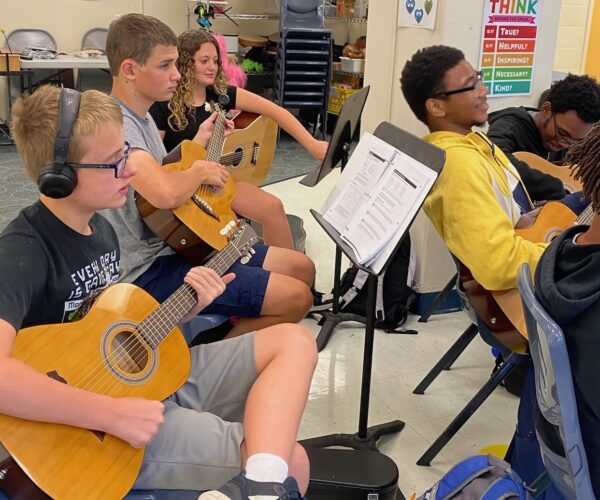
Children and Chores: More Trouble than It Is Worth?
February 18, 2014
Allowance: To Pay or Not to Pay?
February 25, 2014
It’s 7:45 p.m., and the lights should be going out in 7 year-old Thomas’ bedroom, but not tonight. Thomas has snuggled in, and the bedtime story has ended, but he looks up with his big brown eyes and melodically chants, “Mommy, can you tell me the story about when you and daddy drove us home from grandma’s house in the snowstorm? I love that story.” Is this a ploy to stay up longer?
Perhaps, but depending on the circumstances, it really is never to late for some version, be it abbreviated or long.
While storytelling is known as an ancient practice for passing down history, science also recognizes it as a possible key to better learning, attention, memory and decision-making. Annie Murphy Paul, author of “Brilliant: The New Science of Smart,” indicates that when we listen to stories, the brain actually “lights up” on an fMRI scan. Stories stimulate emotion, which fires neurons in the brain in the same regions as if you were actually involved in the activity being talked about.
So, what is happening in the brain that allows this phenomenon? Two parts of the brain are engaged when listening to a story or a presentation: Broca’s and Wernicke’s areas. In a nutshell, these two areas work on processing language and speech input and output.
Why is this important to know? As you are storytelling with your child, it is a wonderful time to observe how your child is building the mental image of the story in his mind. Talk about what he sees as you are describing the events of the story. You are also modeling the storytelling process for your child. To be more explicit about story construction, you might want to add words like, “beginning, middle, and end, or first, then, last.” This provides a structure for your child to hold the story elements together.
Asking your child to tell you a story about something that happened in real life or make-believe is a way for him to practice expressive language skills, sequencing ideas, and holding all of the parts together in working memory as he talks.

The bottom-line is simple. Storytelling adds great value to building relationship with your child and improving learning — simply time well spent, at any age.
Blogger Barbara Hunter, MEd, shares her expertise in the use of technology to support learning. If you have questions, please contact Barbara at .
Image courtesy of Ambro at FreeDigitalPhotos.net



